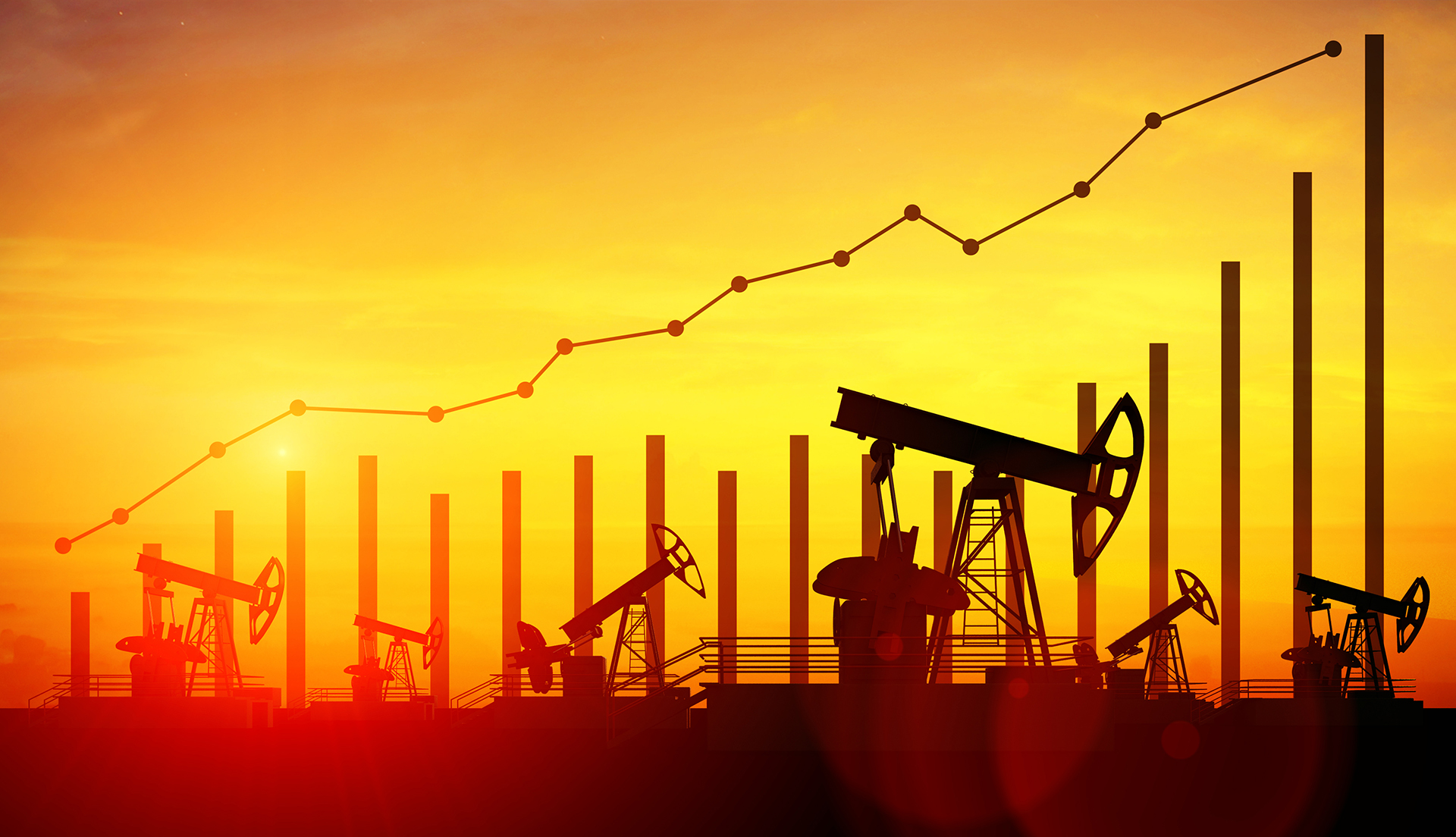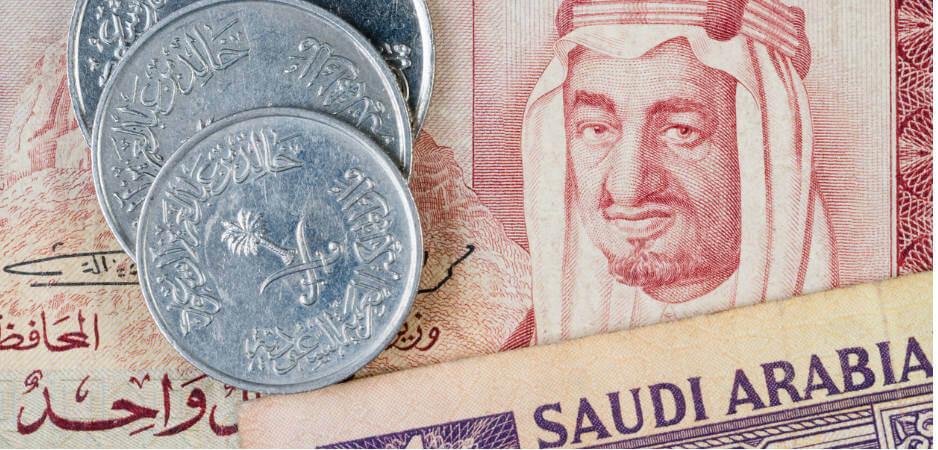In the wake of all the turmoil of the past 12 months or so, it is easy to forget that Brent crude started the year at just a shade over $80 per barrel. At the end of 2022, oil is almost exactly at the same price.
In early January, the oil price trend was already upwards. Investors were cautiously optimistic about the global economy. In Europe and the US in particular, governments were rolling back COVID-related restrictions. By early February, Brent was around $90 per barrel with no hint of a war premium. Even when Russia invaded Ukraine on February 24, Brent crude rose to $98 per barrel. The war premium turned out to remain modest.
Two weeks later, the Russia-Ukraine War caused oil to rise to a year-high closing price of $128. In early June, oil reached another closing peak of $123. In retrospect, the oil cartel looks to have made a mistake at its June 2 meeting by increasing oil production.
Since then, oil prices have been volatile but trended downwards. Some have described this as a battle between OPEC+ and major central banks. The former wants oil prices to rise while central bankers aim to stamp out inflation. Today, a consensus has emerged that they were slow in responding to inflationary pressures. The challenges central banks faced were exacerbated by the war-related surge in energy prices, especially gas prices.
Oil-producing economies want to keep prices up. Saudi Arabia’s Crown Prince Mohammed bin Salman (MBS) aims to keep the floor of the price of Brent oil at $100 per barrel. Therefore, OPEC+ decided to cut oil production by two million barrels per day on October 5. In practice, output dropped only by a million barrels per day. Note that the initial barrage of criticism of the OPEC+ decision, especially from Washington, has died away almost completely.
A Surge in Attacks: Houthi Rebels Exploit Oil Infrastructure
On December 4, OPEC+ did not cut production again for two key reasons. First, it may be factoring in the EU’s ban on importing oil by sea from Russia and the related price cap on Russian oil. Both of them came into effect the following day. Second, MBS may not have wished to risk pushing up the price of crude just on the eve of Chinese President Xi Jinping’s state visit.
It seems that as we head into 2023, oil prices will trend downwards. So far, Russian President Vladimir Putin has been willing to sell crude oil to economies observing the EU price cap. OPEC+ might reconvene in January or February instead of June 4 as scheduled to review crude oil output.
OPEC+ has reduced its estimate for the first quarter of 2023. However, it estimates that demand will rise by 2.25 million barrels per day by the end of the year. OPEC+ is banking on Chinese growth experiencing an uptick. With China abandoning its zero-COVID policy, this may transpire and, should that happen, demand for oil will inevitably increase.
OPEC+ is hoping for the Federal Reserve to engineer a soft landing of the economy. It is extremely uncertain if this will happen. Even the Fed “isn’t comfortable predicting whether there’s going to be a recession next year.” OPEC+ is also hoping for “a resolution of the tensions in Eastern Europe.” This is unlikely. The NATO chief has already pointed out that Russia is “planning for a long war” and peace is not quite around the corner.
In brief, 2023 will remain challenging for OPEC+. In the words of The Economist, “unpredictability is the new normal.” Yet it is likely that oil prices will move above MBS’s floor of $100 per barrel in a year from now.
[Arab Digest first published this piece.]
The views expressed in this article are the author’s own and do not necessarily reflect Fair Observer’s editorial policy.
For more than 10 years, Fair Observer has been free, fair and independent. No billionaire owns us, no advertisers control us. We are a reader-supported nonprofit. Unlike many other publications, we keep our content free for readers regardless of where they live or whether they can afford to pay. We have no paywalls and no ads.
In the post-truth era of fake news, echo chambers and filter bubbles, we publish a plurality of perspectives from around the world. Anyone can publish with us, but everyone goes through a rigorous editorial process. So, you get fact-checked, well-reasoned content instead of noise.
We publish 2,500+ voices from 90+ countries. We also conduct education and training programs
on subjects ranging from digital media and journalism to writing and critical thinking. This
doesn’t come cheap. Servers, editors, trainers and web developers cost
money.
Please consider supporting us on a regular basis as a recurring donor or a
sustaining member.
Support Fair Observer
We rely on your support for our independence, diversity and quality.
Will you support FO’s journalism?
We rely on your support for our independence, diversity and quality.






